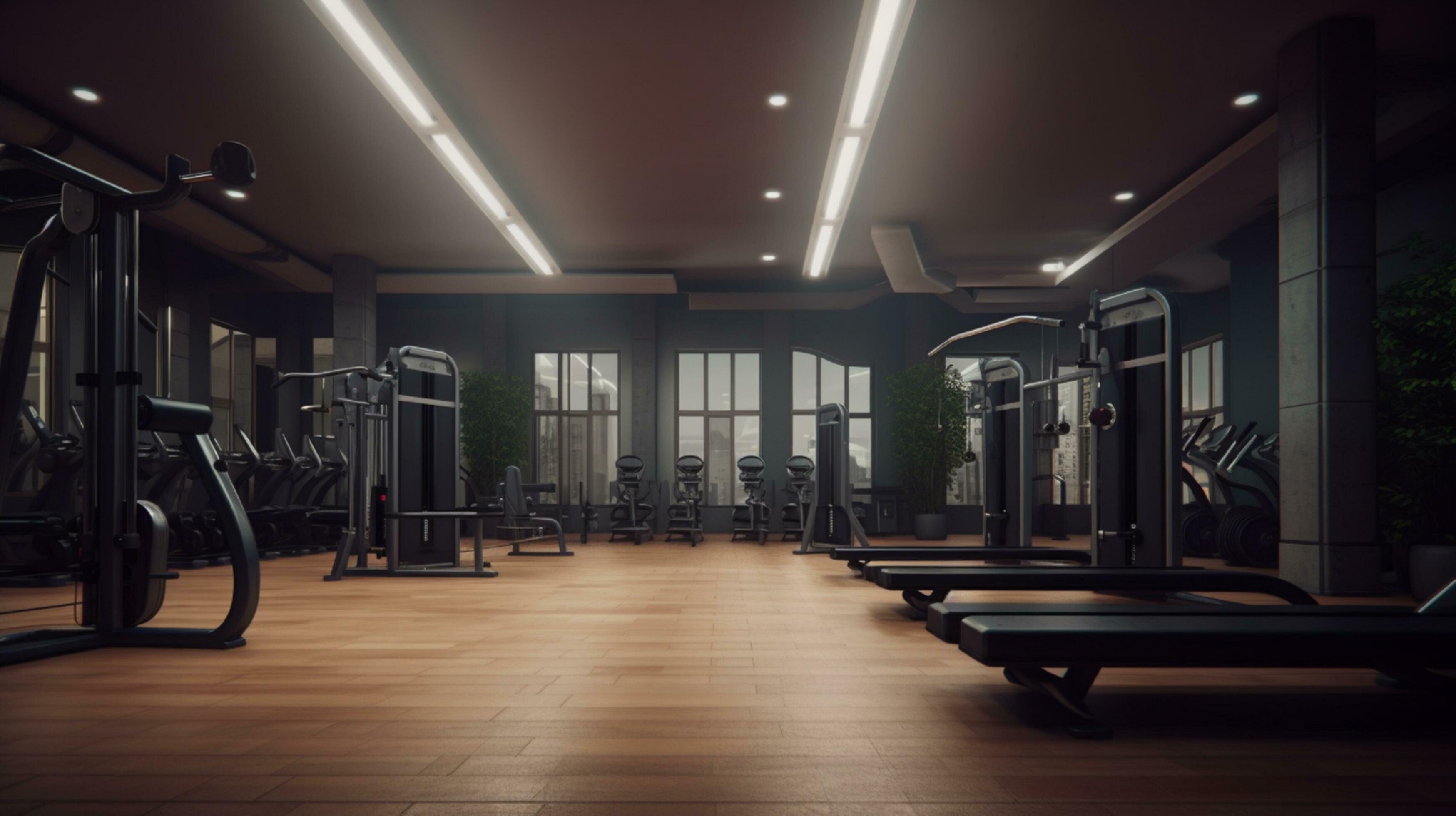Skip to product grid
-
Sold out


ReAthlete Cyclo Under-Desk Bike Pedal Exerciser with 12 Speed Settings for Home & Office
Regular price $399.99Sale price $399.99 Regular price -

Steelflex PST10 Step Machine
Regular price $3,138.00Sale price $3,138.00 Regular price -


STEPR PRO Stair Climber Stepping Machine
Regular price From $5,999.99Sale price From $5,999.99 Regular price -


STEPR Stair Climber Stepping Machine
Regular price From $3,999.00Sale price From $3,999.00 Regular price -


STEPR XL Stair Climber Stepping Machine
Regular price From $9,999.99Sale price From $9,999.99 Regular price












